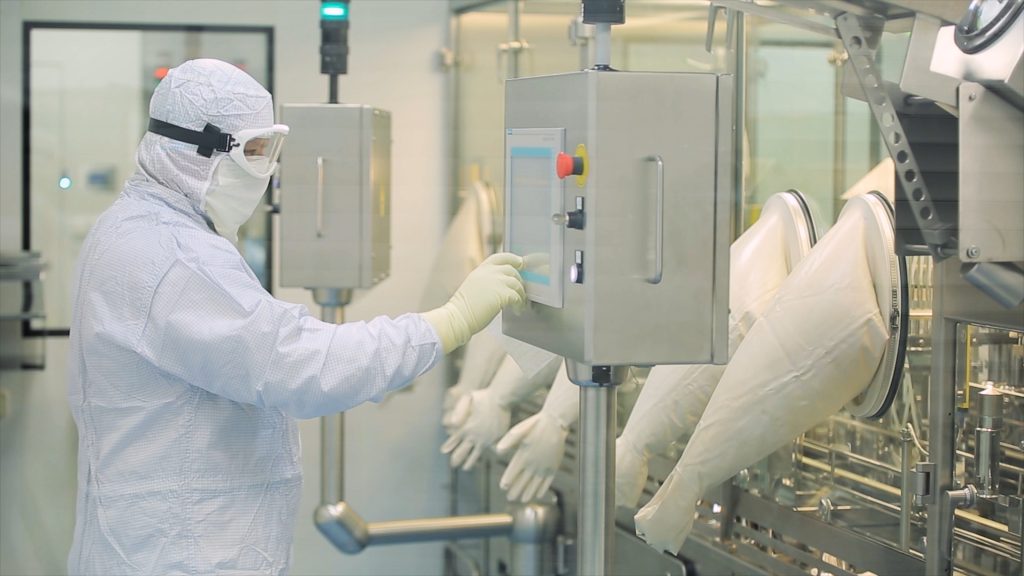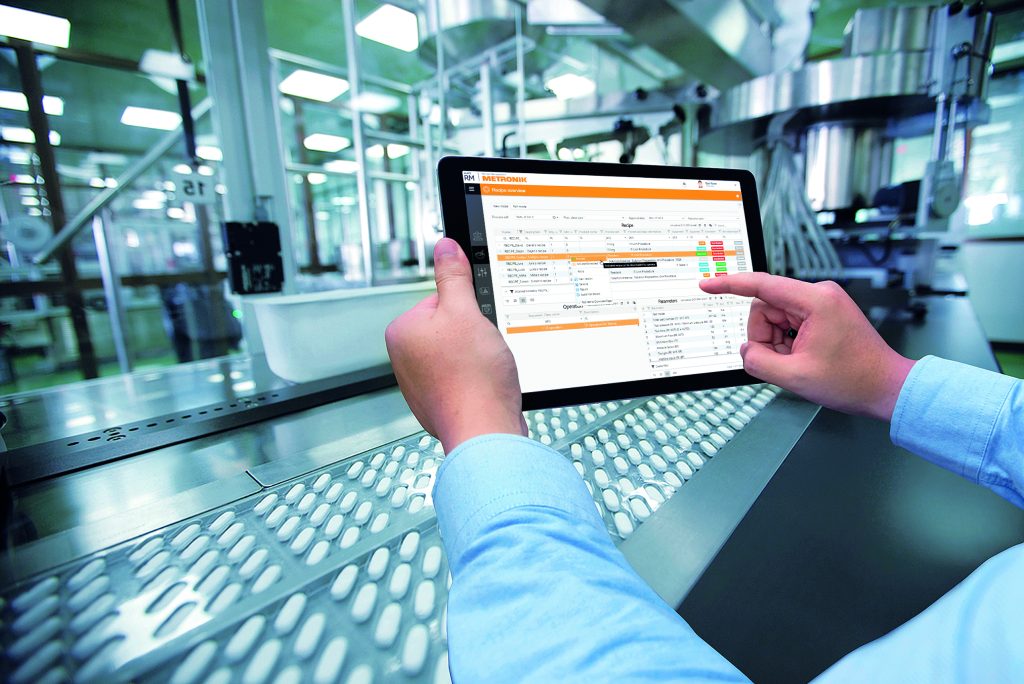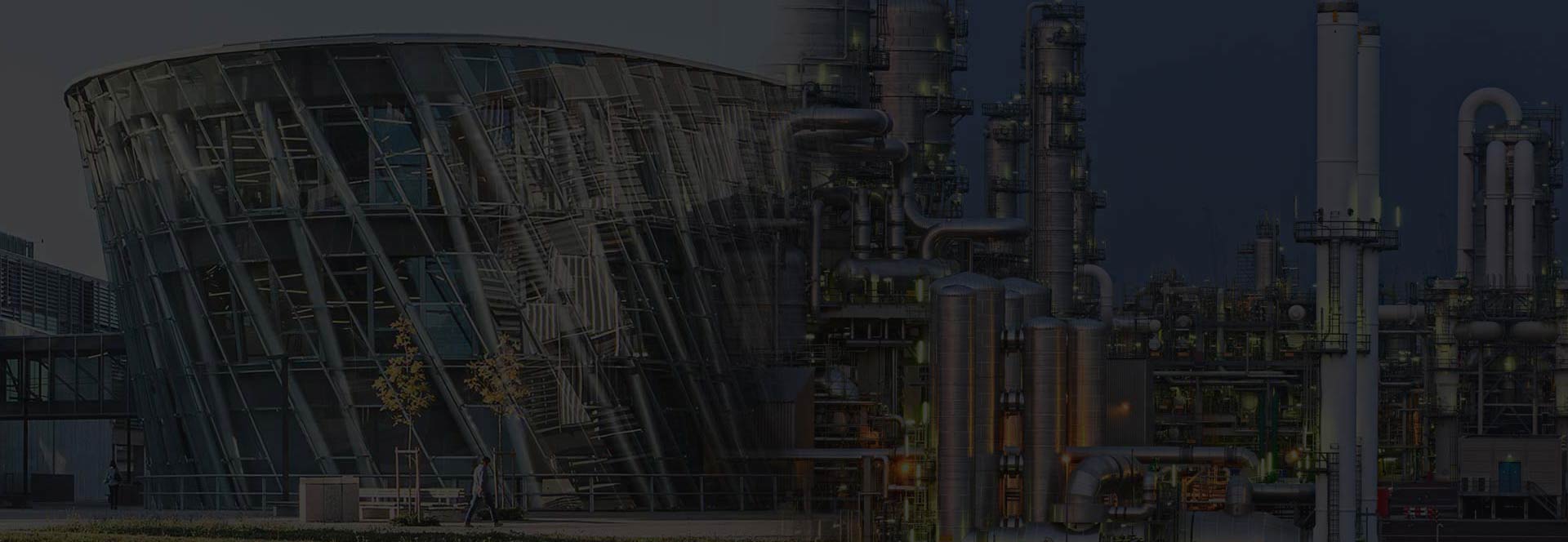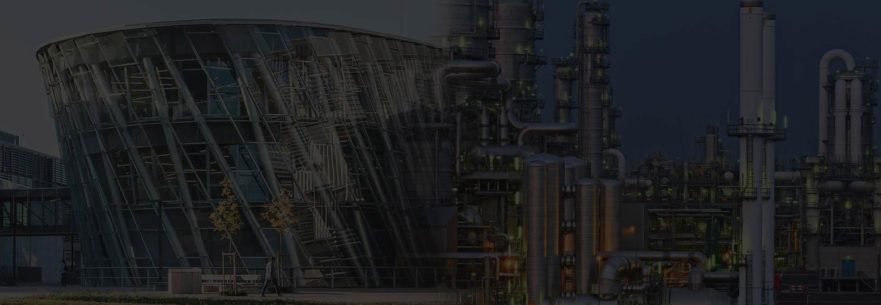Manufacturing recipes are used in various fields such as pharmaceuticals, chemicals, food and other industries. They provide essential information about ingredients, processes and machine parameters to ensure product quality and safety. However, many facilities continue to use traditional recipe management methods, exposing them to risks such as errors, non-compliance and unnecessary expenses. Yet, with the right technological support, recipe management can offer an opportunity to improve compliance and competitiveness, as well as reduce production costs.
Drawbacks of traditional recipe management
The traditional approach to recipe management involves maintaining data on paper or in disjointed electronic records, manually entering data on machines and storing production data on individual machines, which has significant drawbacks.
Entry errors. The most common issue is errors in the manual entry of recipe data, leading to several negative consequences. Non-compliant products may need to be reworked or even discarded, resulting in loss of materials and additional costs. These errors often cause production delays and reduced productivity. Moreover, when discrepancies due to entry errors are not detected until after shipment, product recalls may be necessary, which can be costly and damage the company’s reputation.
Time loss. Manual entry of recipes requires operators to move between machines, offices, archives and, in some cases, changing rooms, wasting valuable time. Experience shows that in such cases, operators can spend more than 30 minutes per recipe on each machine.
Data dispersion. Although production data on machines can be in electronic format, reports and archives often remain on paper or in simple spreadsheets. Relying on individual machines as primary data sources requires additional processing and checks, making it more difficult to ensure traceability and regulatory compliance.
Lack of version management. As production recipes evolve and are updated, traditional record-keeping hinders effective version management, making it difficult to ensure that the latest version is being used. Relying on the knowledge and experience of operators can result in the loss of critical information when they retire or change positions.
Lack of analytical data. The fragmented and disconnected nature of the data also hinders its transfer between different departments, such as production, quality control and development, complicating analysis and production improvements.
Traditional recipe management is not only time-consuming and inefficient but can also lead to production bottlenecks, reducing productivity and increasing costs.
The solution to these and other weaknesses is digitalization and centralization of production recipe management.

How digitalization of recipe management works
Digitalized management of production recipes covers the whole life cycle of a recipe – from developing, approving and transferring recipes to machines, to storing, reporting and archiving them within a single IT environment.
Preparation. During the preparation phase, it is easy to edit recipe parameters and add new operations and steps. This can be achieved using templates that specify the basic data or by copying and modifying the parameters of existing recipes.
Approval. Once recipes are ready, they undergo a digital approval process. An authorized person digitally signs the recipes, making them active. Since the process is digital, it can be done from anywhere, which speeds up the approval process. Active recipes can then be transferred to single or multiple machines and timings can be set accordingly. If necessary, an authorized individual can also deactivate or retire a recipe.
Transfer and activation. Once a recipe has been transferred, machines can operate autonomously without the need for additional recipe selection or confirmation by the operator. Upon production completion, all associated production data is transferred to a central database where it is available for analysis and reporting.
This entire process can be managed remotely from the comfort of your own office, without having to be present on the production floor. An audit trail is maintained for all actions, capturing who did what, when and why. Access and management rights to production recipes are also strictly limited to designated personnel, ensuring a high level of security.

Three key benefits of digitalized recipe management
Digitalizing the management of production recipes brings several important benefits:
Increased product quality. Eliminating errors in the manual input of recipe parameters increases product quality.
Reduced costs. Decreasing the amount of rework, scrap or product recalls, along with minimizing downtime, boosts productivity and cuts down on production costs.
Improved traceability and compliance. Digitization centralizes necessary production data, making it easier to track and report for compliance purposes. At the same time, the data is available for analysis and improvements in production efficiency.
How can Metronik help you?
Digitalizing production recipe management marks a substantial leap forward in manufacturing, delivering a wide range of benefits across various industries by improving efficiency, compliance and competitiveness.
All of these features and benefits are available in Metronik’s MePIS RM (Recipe Management) solution.
For further details and to arrange a presentation, please contact Saša Sokolić at sasa.sokolic@metronik.si.




